The degree to which the Ukrainian community in Canada venerates its deeply flawed national heroes is shocking and disappointing.
Case in point:
Last month, a monument in the St. Volodymyr Ukrainian Cemetery in Oakville, Ontario, honoring the 14th Waffen SS Galicia Division was spray-painted with the words, “Nazi war monument.”
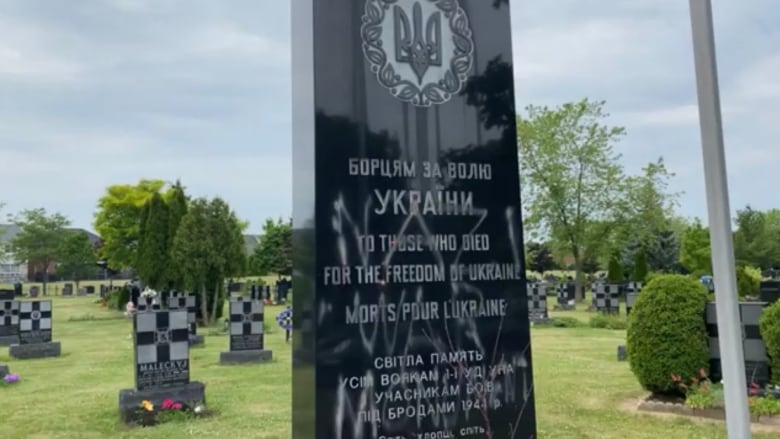
At first, the Halton Regional Police regarded the incident as a “hate-motivated offence,” assuming that Ukrainians in general had been targeted. But upon investigation, the police learned the true meaning of the monument, withdrew the charge and issued an apology.
Rob Burton, the mayor of Oakville, a town west of Toronto, told reporters that he personally found the monument”repugnant” and that he would have ordered its removal had he possessed the legal authority. Under the law in Ontario, municipalities cannot regulate cemeteries.
One can readily relate to Burton’s disgust.
The monument is an insult to Canadian soldiers who lost their lives or limbs liberating Europe from Nazi tyranny, yet it is not the only Ukrainian memorial in Canada paying tribute to Ukrainians who made a pact with the devil and fought on the side of Nazi Germany.
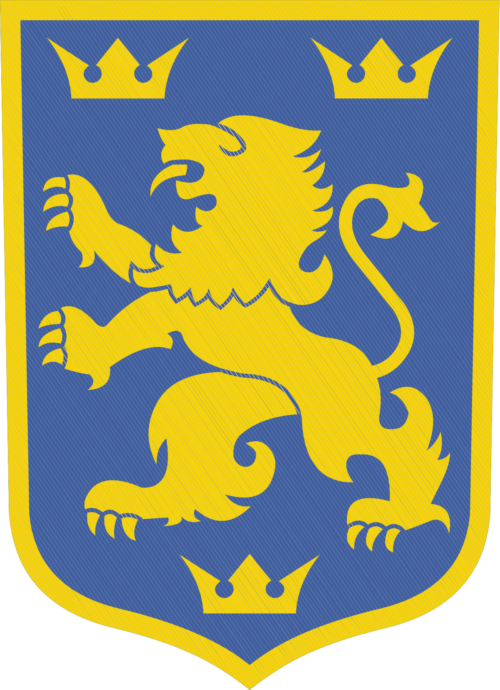
As historians can tell you, the 14th Waffen SS Galicia Division was a cog in Germany’s aggressive and genocidal war machine. Formed by the Nazi regime in 1943 to fight on the Soviet front, it was composed primarily of Ukrainian volunteers. During the Battle of Brody in July 1944, it was virtually destroyed by the Red Army, only to be reconstituted under the name of the 1st Ukrainian Division of the Ukrainian National Army, which surrendered to the Allies.
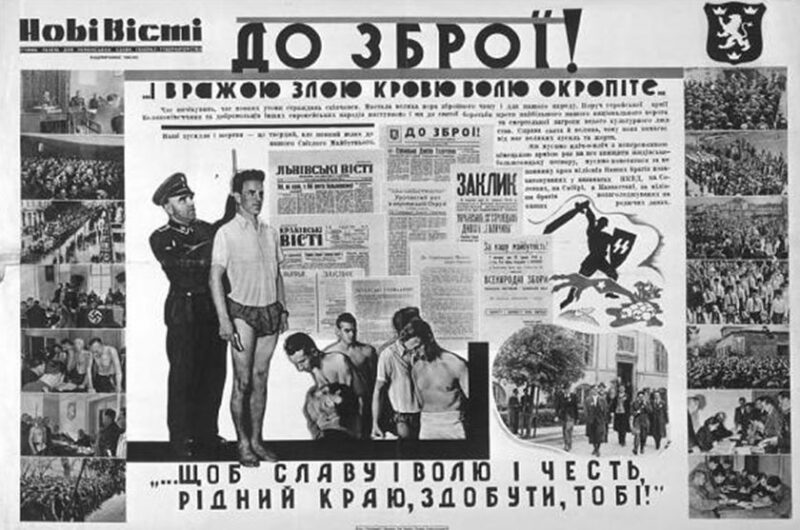
According to Dominique Arel, a professor of Ukrainian Studies at the University of Ottawa, some 2,000 veterans of the division immigrated to Canada after World War II.
In 1985, Canadian Prime Minister Brian Mulroney established the Commission of Inquiry on War Criminals in Canada, led by Jules Deschênes, to investigate claims whether Canada had become a haven for war criminals, including Ukrainians who had offered their services to Germany in the hope that it would support Ukrainian statehood.
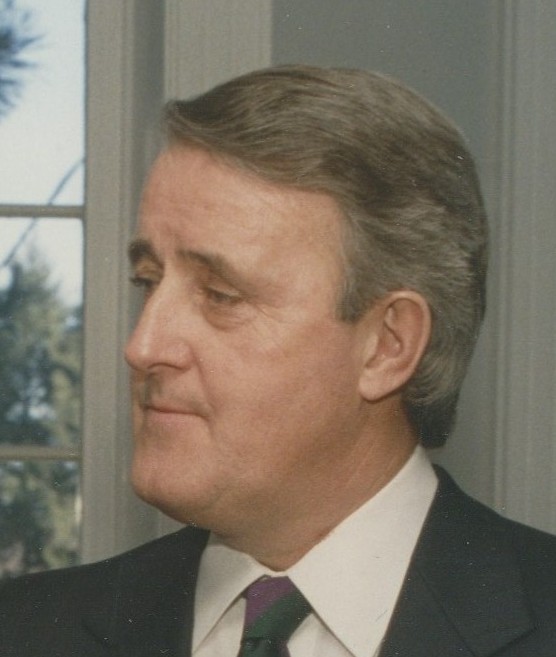
The commission, after a lengthy and exhaustive investigation, concluded that the 14th Waffen SS Galicia Division had not committed war crimes.
The commission, however, did not delve into allegations that two major Ukrainian groups, the Organization of Ukrainian Nationalists (OUN) and the Ukrainian Insurgent Army (UPA), had committed crimes against Poles and Jews.
Founded in the late 1920s by Ukrainian war veterans who dreamed of an independent Ukraine free of Soviet domination, OUN became the dominant movement of the Ukrainian far right, according to a research paper written by Swedish historian Per Rudling.
One of its acolytes, Roman Shukhevych, a member of Poland’s Ukrainian minority, spent two years in prison for his involvement in the murder of a Polish interior minister.
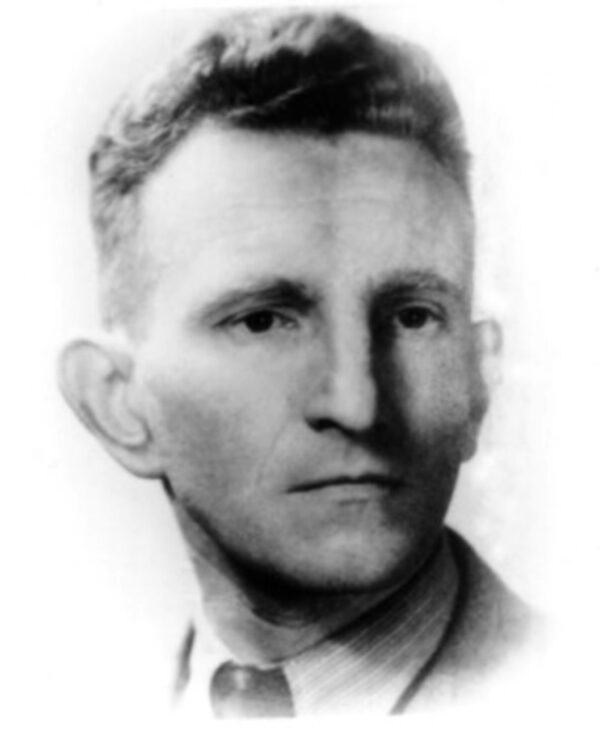
Subsequently, Shukhevych attended a German military academic in Munich and trained at a special facility run by the Abwehr — German military intelligence — in southern Poland. With Germany preparing to invade the Soviet Union on June 22, 1941, the Abwehr created two battalions to be manned by Ukrainians: Nachtigall and Roland. Shukhevych would be the highest-ranking Ukrainian officer in the Nachtigall unit, which was overseen by a German.
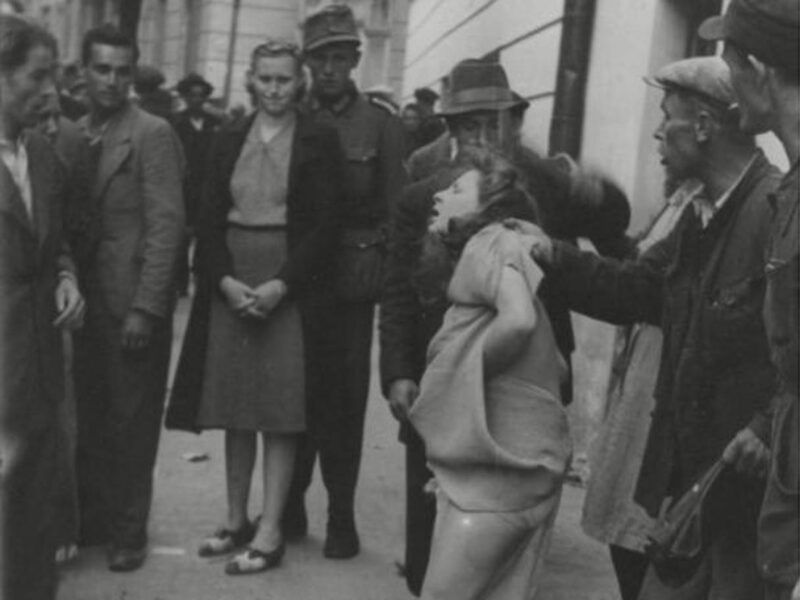
Shukhevych’s battalion reached the city of Lviv eight days into the German invasion of the Soviet Union. A day later, a pogrom broke out in Lviv.
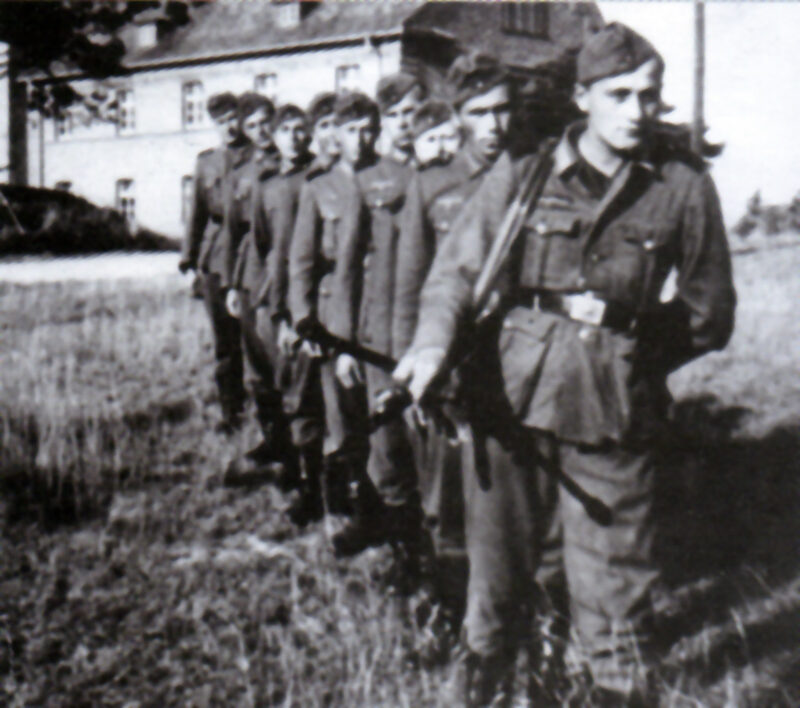
By then, OUN had split into two factions, the first led by Stepan Bandera and the second commanded by Andrii Melnyk. Shukhevych joined forces with Bandera.
On June 30, Bandera’s faction declared Ukrainian independence, but Germany did not recognize it and arrested Bandera. The Nachtigall battalion was a dissolved and converted into an auxiliary police force.
In 1943, Shukhevych was appointed commander of the UPA, which had been organized by the Bandera wing of OUN. In a ruthless campaign of ethnic cleansing, the UPA murdered thousands of ethnic Poles and Jews so that Ukrainians could establish an ethnically homogeneous state.
Shukhevych, killed by Soviet forces in 1950, is regarded by some Ukrainians today as a national hero, notwithstanding the severe accusations against him. As Rudling has written, “Roman Shukhevych remains a highly controversial and divisive person in Ukrainian history. A freedom fighter and martyr for Ukraine to some, a Nazi collaborator to others.”
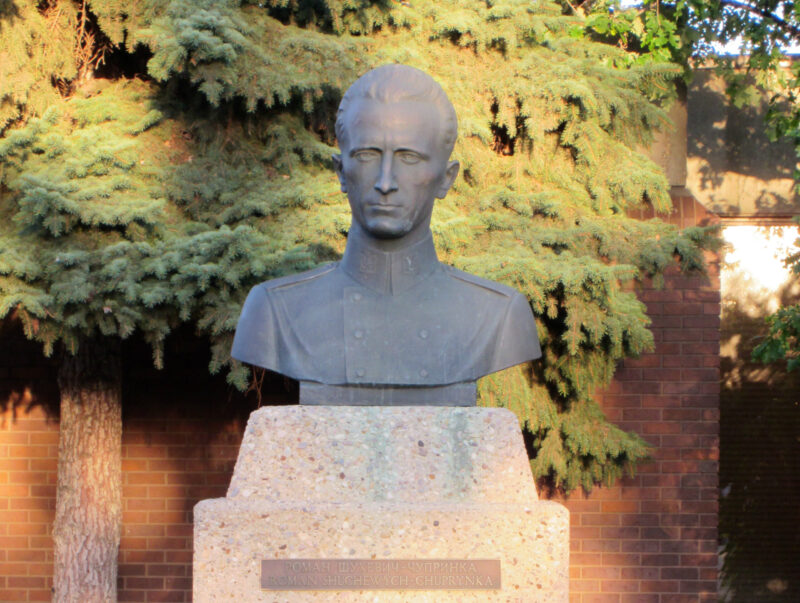
Despite his checkered past, a bust of Shukhevych sits at the entrance of the Ukrainian Youth Unity Complex in Edmonton.
Shukhevych is an heroic figure in Ukraine as well. In 2007, Ukraine’s president, Viktor Yushchenko, bestowed the title of “Hero of Ukraine” on him. In 2010, Bandera was similarly honored.
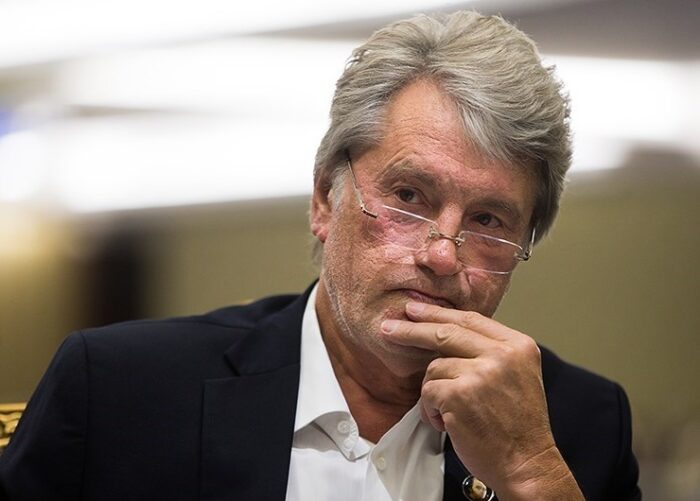
Unfortunately, a surfeit of Ukrainians in Canada are more than willing to overlook the black holes in the careers of Ukrainian nationalists who aligned themselves with Nazi Germany and committed horrible crimes in the name of Ukraine.
